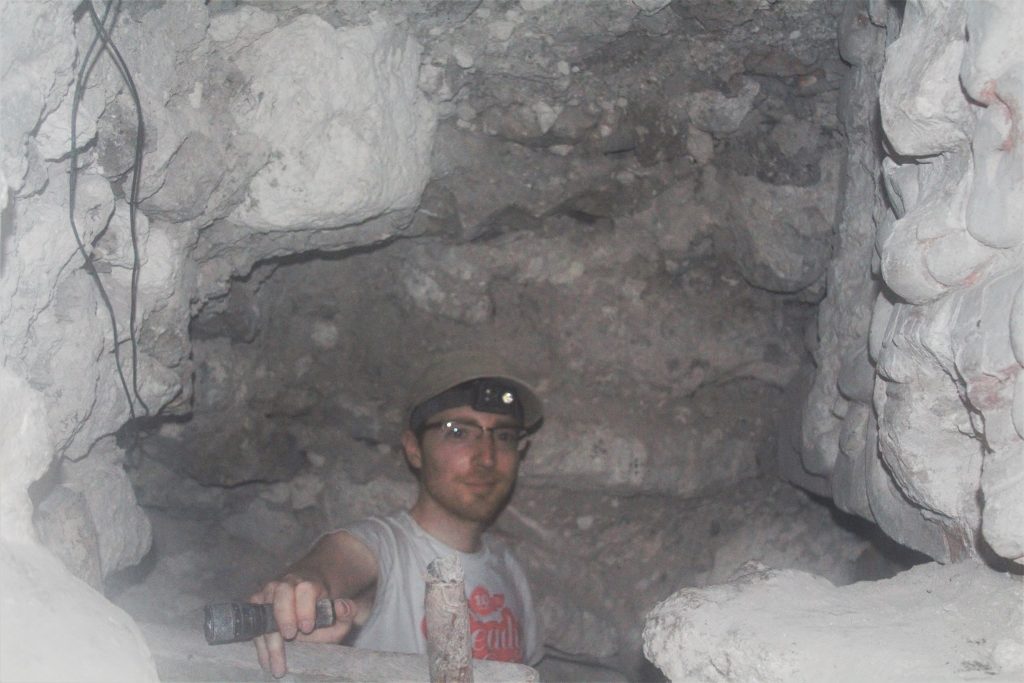
Deep in the heart of the Peten Basin in Eastern Guatemala lies the ruins of the ancient Maya civilization. Jungles have overtaken these ancient cities, leaving archaeologists to painstakingly excavate their ruins in order to uncover their secrets about their culture, traditions, and rituals. This process is time-consuming and tedious; archaeologists carefully tunnel into the temples and other structures using pickaxes and shovels. They manually sift through the limestone remains in hopes of finding artifacts, tombs, ancient walls, masks, and murals and better understand the usage of these structures and artifacts. The result of this is hundreds of meters of man made tunnels that burrow deep into these structures and snake across multiple levels.
Dr. Quentin Gautier successfully defended his PhD thesis which focused on using modern technologies to better document these archaeological sites. His thesis documents is a series of 3D imaging prototypes, which can generate large-scale 3D models of Maya archaeological sites. Over the years, Quentin lead the development of several generations of scanning systems and he ventured on several expeditions deep in the the Guatemala jungle to deploy these systems. The result is an unprecedented amount of data collection, which has turned into impressive 3D models that are viewable in virtual reality and other 3D visualization systems.
Quentin’s PhD journey was much like these excavations. It was at times painstaking and tedious. He is an expert system builder and this often conflicted with the unfortunate publish-or-perish model of academics. He certainly could have focused on writing more papers on incremental ideas in lieu of developing real systems that were field tested and deployed. In the end, I believe his thesis will be more impactful than these unwritten papers. The excavation sites that he helped document are windows into our past, and many of these windows have been closed as the excavations have been backfilled in order to preserve these precious sites. Quentin’s digital models will allow archaeologists and others all over the world to view these cultural heritage treasures. His system development will help our research group’s continued efforts to use modern technologies to aid in scientific purposes. And his mentorship to the countless undergraduate students (like Giovanni below) will have lasting impacts on their careers.
Congratulations Dr. Gautier and best of luck in Japan! I look forward to seeing all of the amazing systems that you develop in the future.